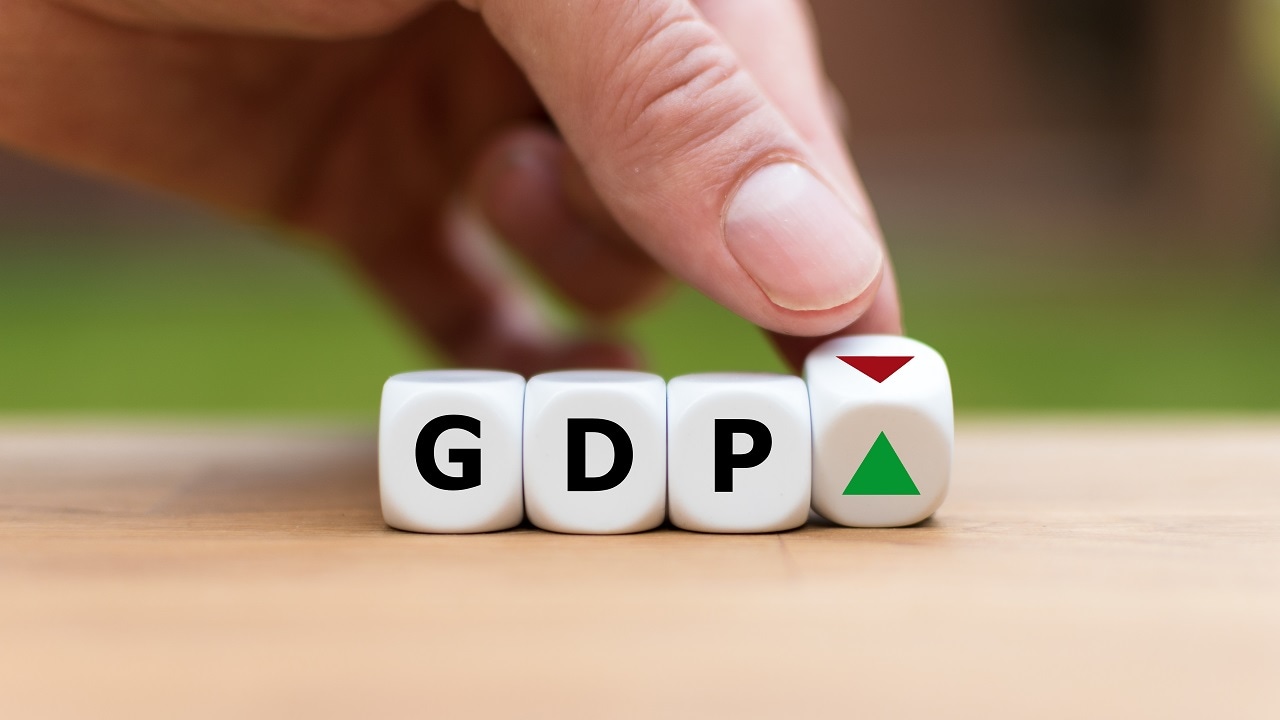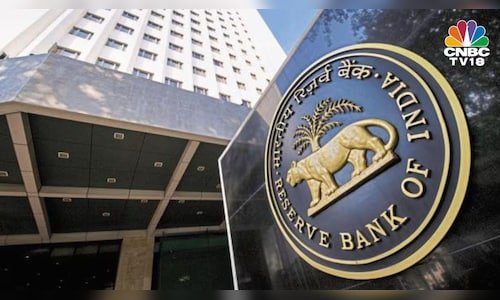
| Company | Value | Change | %Change |
|---|
The RBI’s latest quarterly GDP growth projections for FY26 are:
| Current forecast | Earlier forecast | |
| Q1 | 6.7% | 6.9% |
| Q2 | 7.0% | 7.3% |
| Q3 | 6.5% | – |
| Q4 | 6.5% | – |
RBI Governor Sanjay Malhotra said that new forecasts have factored in the impact of the weaker rupee, which has lost over 8% value against the US dollar in the last month.
The RBI’s estimate is better than what the market had hoped for. Nearly 90% of respondents in a CNBC-TV18 poll expected the RBI to revise its FY25 estimates to 6.4-6.5% but the central bank has left the forecast at 6.6%. The Economic Survey pegs FY26 GDP growth in the range of 6.3-6.8%, aligning with the International Monetary Fund’s (IMF) forecast of 6.5%.
For the current financial year (2024-25), the RBI’s Financial Stability Report (FSR), released on December 30, had projected FY25 GDP growth at 6.6%. However, the National Statistical Office (NSO), in its first advance estimates for FY25, released in early January, projected a slower growth at 6.4%, the weakest in four years.
Catch live updates of the RBI Governor’s address here
Factors that may help a sluggish Indian economy recover
The RBI hopes that recent tax cuts may aid a recovery in household spending and that investment private investment will pick up, thanks to a fall in idle capacity in factories, stronger balance sheets, and continuing infrastructure spending by the government.
Delivering his first monetary policy statement as RBI Governor, Malhotra said that positive business sentiment was reflected in enterprise surveys and purchasing manager indices (PMI).
Steady services exports will further support growth, the governor added while also citing the persistent risks from geopolitical tensions, trade restrictions, fluctuating commodity prices, and financial market volatility.
So far, agriculture and services have supported the economy, with a good harvest driving rural demand. However, manufacturing faced challenges due to weak global demand and seasonal domestic factors.
The Monetary Policy Committee (MPC) also unanimously cut the repo rate, the rate at which RBI lends to commercial banks, by 25 basis points to 6.25% while maintaining its neutral stance.
First Published: Feb 7, 2025 10:21 AM IST


